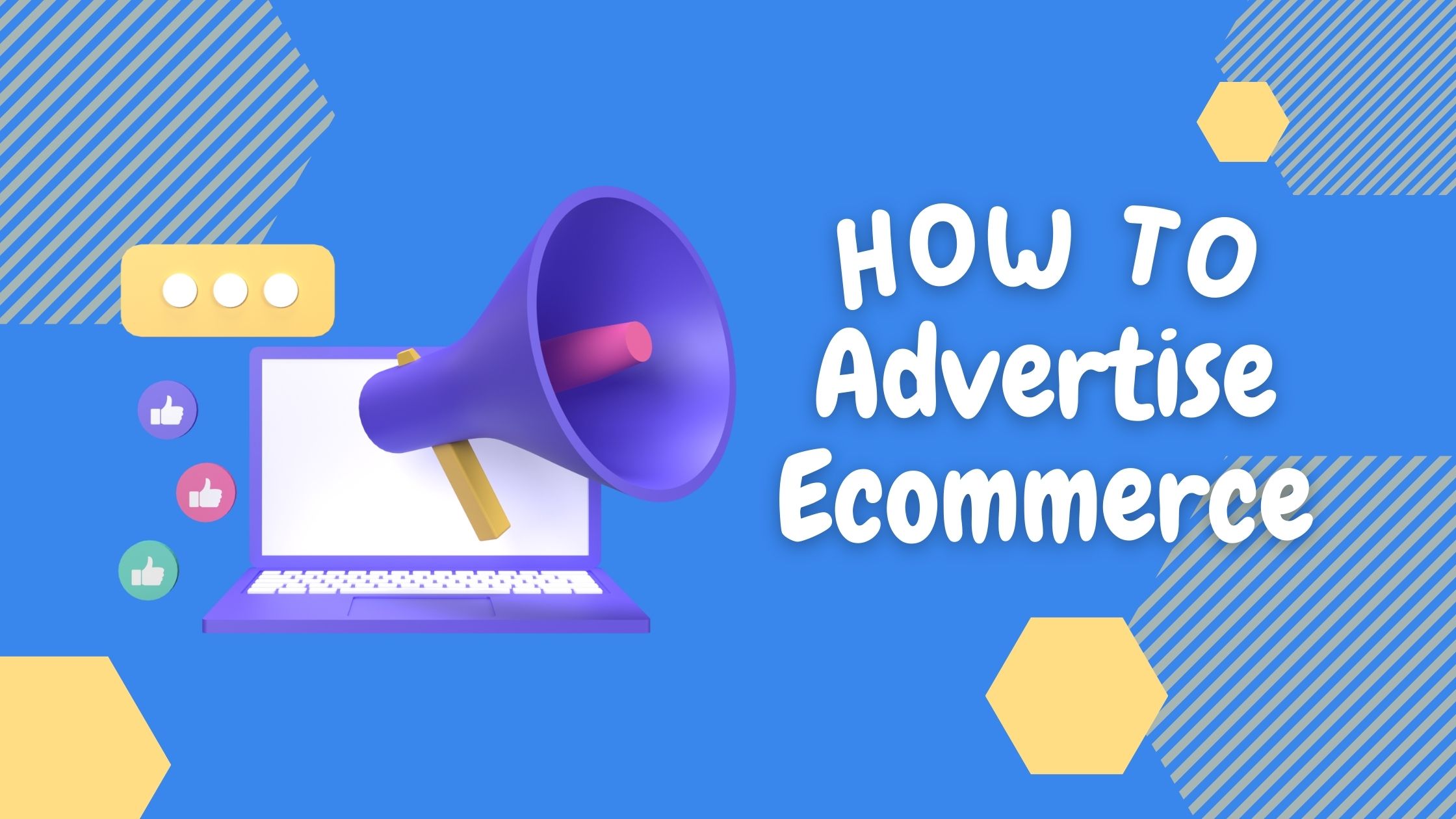Exploring The World Of E-Commerce: What Is A Dropshipping Store?
As we stand on the brink of a new era in retail, one concept continues to shape the landscape of e-commerce: dropshipping. So, what is dropshipping exactly? Simply put, dropshipping is an innovative business model that allows entrepreneurs to operate online stores without ever owning or handling the inventory themselves. It’s the linchpin of countless successful online stores and could be the key to your next entrepreneurial breakthrough.
Unveiling the Concept of Dropshipping
Imagine this: you find a product that you believe the market needs, and you sell it in your online store. But instead of purchasing stock, storing it, and shipping it to your customers yourself, your supplier does all this for you. Welcome to the world of dropshipping – a retail fulfillment method where a store doesn’t keep the products it sells in stock. When a store sells a product, it purchases the item from a third party—usually a wholesaler or manufacturer—who then ships it directly to the customer. As a result, the merchant never sees or handles the product.
This might have you wondering, can you dropship from any store? Well, technically, yes. As long as the supplier agrees to the dropshipping arrangement, you can set up a dropshipping store. However, it’s essential to partner with reputable suppliers to ensure product quality and timely delivery, both of which are crucial to customer satisfaction and the success of your store.
Doesn’t that pique your interest? The ability to run an e-commerce store without dealing with stock or shipping might sound too good to be true, but it’s not. This business model has empowered countless entrepreneurs and might be your ticket to online retail success. So stick with us, and let’s delve deeper into the fascinating world of dropshipping.
The Engine of Dropshipping: Key Players
The Role of the Seller of Record
Just like any successful venture, dropshipping relies on the concerted efforts of various key players. Each of these entities plays a crucial role, and understanding their duties is essential for anyone considering entering the world of dropshipping.
First up, we have the Seller of Record. This is you, the dropshipping store owner. You are responsible for setting up and maintaining your online store, researching and selecting products to sell, and marketing those products to attract customers. You handle customer service inquiries, including any issues that arise during the order fulfillment process. But, unlike traditional retailers, you do not hold any inventory. When a customer purchases a product from your store, you order it from your supplier, who then ships it directly to the customer.
Understanding Manufacturers and Wholesalers
Next are the Manufacturers and Wholesalers. Manufacturers are the entities that produce the goods. Sometimes they sell these products in bulk to wholesalers, who then distribute them to retailers. However, in some cases, manufacturers themselves serve as wholesalers. As a dropshipper, you will work with manufacturers or wholesalers who offer dropshipping services. They manage the inventory and handle the shipping logistics, delivering products directly to your customers upon receiving an order.
Identifying a Dropshipping Store
But, you might be wondering, how to tell if a store is dropshipping? The simple answer is, it can be challenging. A well-managed dropshipping store can provide a seamless customer experience that mirrors that of a traditional online store. However, some tell-tale signs could suggest a store operates on a dropshipping model, such as longer delivery times (since products often ship directly from the manufacturer) and a diverse product range (as dropshippers aren’t limited by storage space). But remember, these are just indicators, not definitive proof.
Now that you have an understanding of the core roles in dropshipping, it’s time to explore the benefits and drawbacks of this business model. Let’s navigate through the highs and lows together to give you a balanced view of what it’s like to run a dropshipping store. Stay tuned!

Dropshipping: A Double-Edged Sword
Dropshipping is indeed a powerful tool in the world of e-commerce, but like any tool, it has its own advantages and challenges. This makes it a double-edged sword that requires strategic handling for success.
Advantages of Dropshipping: Freedom and Flexibility
Reduced Capital Requirement
One of the most enticing aspects of a dropshipping business is the minimal startup cost. Traditional retailing requires a significant amount of upfront capital for purchasing inventory, but dropshipping eliminates that hurdle, allowing you to start an e-commerce store without massive investments.
Location Flexibility
Dropshipping allows you to operate your business from anywhere with an internet connection. This means you can run your online store whether you’re at home, in a coffee shop, or travelling the world. The geographical freedom is one of the prime advantages of a dropshipping store.
Wide Selection of Products
Dropshipping allows you to offer a broad range of products to your customers. Since you don’t have to pre-purchase the items you sell, you can offer an array of items to your customers. If suppliers stock an item, you can list it for sale on your online store at no additional cost.
Challenges of Dropshipping: Inventory, Shipping, and Supplier Errors
Inventory Management
While not having to handle your own inventory might seem like a dream, it comes with its own set of challenges. Keeping track of stock levels can be difficult when you’re not the one holding the inventory. You’ll have to rely on your suppliers to provide accurate stock counts, which can sometimes lead to complications.
Shipping Complexities
If you’re sourcing products from various suppliers, shipping costs and logistics can quickly become complicated. You might also encounter problems if suppliers are located in different countries with varying shipping times and costs.
Supplier Errors
In the dropshipping business model, you are dependent on your suppliers to uphold the quality of your product and service. However, suppliers may sometimes make errors, like shipping wrong items or delay in shipment. This can potentially damage your store’s reputation and customer relationships.
How Competitive is the Dropshipping Business?
Dropshipping can be highly competitive due to its low barriers to entry. As a result, many e-commerce stores may sell similar or identical products, making it essential for you to differentiate your dropshipping store. This could be through superior customer service, unique product selection, or a distinct brand identity. Despite the competition, dropshipping can be profitable with the right strategies and a keen understanding of your target market.
Creating Your Dropshipping Empire
Starting a dropshipping business may seem intimidating, but with the right information and guidance, it can be an exciting and profitable endeavor. Let’s delve into the critical steps for building your own successful dropshipping business.
How to Start a Dropshipping Store
Choosing the Perfect Niche
The first step in launching a dropshipping store is selecting a niche. It’s crucial to pick an area that not only interests you, but also has potential for profitability and demand. Through thorough market research and competitor analysis, you can identify a niche that suits your goals.
Building Your E-commerce Store
After identifying your niche, the next step is to set up your online store. Platforms like Shopify or WooCommerce offer a plethora of customization options and are user-friendly. Aim to design your store in a way that’s easy to navigate, with a clean and attractive display of your products.
Establishing a Legal Framework
While it may not be the most thrilling aspect of starting a dropshipping store, establishing a legal structure for your business is essential. This includes registering your business, understanding sales tax obligations, and developing a customer-friendly return policy.
Finding Trustworthy Suppliers for Your Dropshipping Store
Reliable suppliers are the lifeblood of your dropshipping store. Take the time to conduct in-depth research, ask for referrals, read reviews, and engage potential suppliers in meaningful discussions. Remember, your goal is to find a supplier who not only offers competitive prices but also delivers quality products and provides excellent customer service.
Making Your Dropshipping Store Profitable
Implementing Effective Marketing and SEO
Attracting customers to your store is key to generating sales. By utilizing SEO strategies, you can improve your store’s visibility on search engines. Additionally, leveraging social media platforms and email marketing campaigns can help you reach and engage your audience more effectively.
Providing Excellent Customer Service
Exceptional customer service can set your store apart from competitors. This includes responding quickly to customer inquiries, handling complaints effectively, and considering the implementation of a live chat system for instant support.
Continually Optimizing Your Store
Achieving profitability in your dropshipping store requires continuous optimization. Regularly review your store’s performance, conduct A/B tests to improve your conversion rates, and keep up with market trends.
By understanding and effectively executing these steps, you’re on the path towards building a thriving dropshipping business. Remember, this is a journey of continuous learning, adaptation, and growth. The potential rewards on this journey make it a venture worth undertaking.

Nurturing Your Dropshipping Store
After setting up your dropshipping store, the journey of nurturing it begins. This is an ongoing process of refining your store’s image, optimizing marketing strategies, and constantly seeking ways to enhance your customer’s experience. Below, we delve into two core aspects of nurturing your dropshipping store.
Developing an Enticing Dropshipping Store Description
A captivating and informative store description is pivotal for your dropshipping store’s success. It serves as a virtual handshake between you and potential customers, offering a brief overview of what your store provides.
Honing your Unique Selling Proposition (USP)
Craft your description around your unique selling proposition (USP) – what sets you apart from competitors. It could be your product quality, customer service, price, or even the story behind your brand.
Incorporating Keywords
An SEO-optimized description can enhance your visibility in search engine results. Therefore, strategically incorporate keywords relevant to your products and niche. However, ensure your description remains engaging and informative, not just a list of keywords.
Keeping It Short and Sweet
Your store description should be concise, clear, and engaging. Aim to pique interest and encourage visitors to explore your products without overwhelming them with too much information.
Marketing Strategies to Promote Your Dropshipping Store
Effective marketing is crucial for driving traffic to your dropshipping store and converting visitors into customers. Here are some marketing strategies that you might find useful:
Social Media Marketing
Leverage the power of social media platforms like Instagram, Facebook, and Pinterest. They are not only great channels to showcase your products but also to interact with your customers, gather feedback, and build brand loyalty.
Email Marketing
Email marketing is a potent tool for maintaining customer relationships. Regular newsletters featuring new products, discounts, or simply helpful content can keep your customers engaged and encourage repeat purchases.
Search Engine Optimization (SEO)
Optimize your product descriptions, titles, and images for search engines. This helps improve your store’s visibility on search engine results pages, leading to more organic traffic.
Content Marketing
Create valuable content related to your niche to attract and engage your audience. This could be in the form of blog posts, how-to guides, or product reviews.
Through diligent nurturing and effective marketing strategies, you can enhance your store’s appeal, attract more customers, and ultimately, increase your sales. Remember, the journey of nurturing your dropshipping store is a continuous one, necessitating adaptability and persistence.

Alternatives to Dropshipping
While dropshipping can offer various benefits, it’s not the only way to operate an online business. Depending on your goals, resources, and the level of control you want over your products and shipping, other business models may better suit your needs. Let’s explore some alternatives to dropshipping: affiliate marketing and third-party fulfillment.
Other Business Models for Online Selling
Wholesale
Wholesaling involves purchasing large quantities of products from manufacturers or distributors, storing them, and then selling them to your customers. Although this requires more upfront capital and storage space than dropshipping, it offers greater control over your inventory and shipping.
White Labeling and Private Labeling
White labeling and private labeling involve selling products manufactured by others under your own brand name. While these models require a higher investment than dropshipping, they offer greater opportunities for customization and branding, enhancing your ability to stand out in the market.
Print on Demand
Print on demand is a business model where products are created only after a customer orders them. This is popular for products like t-shirts, mugs, posters, and books. It’s a great way to offer customized products without the need for inventory management.
The Potential of Affiliate Marketing and Third-Party Fulfillment
Affiliate Marketing
Affiliate marketing is a business model where you earn a commission by promoting other companies’ products. You simply provide a unique link to the product or company on your website or social media channels. When someone makes a purchase using your link, you receive a percentage of the sale. This model can be a great choice if you’re interested in selling products without having to worry about inventory or fulfillment.
Third-Party Fulfillment
Third-party fulfillment services, such as Amazon FBA (Fulfillment by Amazon), handle storage, packaging, and shipping on your behalf. You just need to send your products to their fulfillment center. This can be a good option if you want more control over your product selection and branding than dropshipping allows, but don’t want to deal with the logistics of fulfillment.
Each business model has its own unique benefits and challenges. Therefore, it’s crucial to consider your business goals, resources, and risk tolerance before deciding on the right model for your online selling journey.
Conclusion
Dropshipping in 2023: Is It Worth It?
As we’ve explored throughout this article, dropshipping is a unique business model that offers a low barrier to entry, making it accessible to entrepreneurs of all levels. It’s an appealing choice in an era where e-commerce is booming, and consumers are increasingly turning to online platforms for their shopping needs.
However, like any business model, dropshipping comes with its challenges. Navigating supplier issues, managing shipping complexities, and standing out in a highly competitive market require a clear strategy, hard work, and dedication. Moreover, as we’ve discussed, there are various other online selling models, each with their own set of advantages and considerations.
So, is dropshipping worth it in 2023? The answer ultimately depends on your individual goals, resources, and risk tolerance. What is undeniable, though, is that e-commerce offers a wealth of opportunities for those willing to seize them.
Dropshipping can be a profitable and rewarding venture if approached correctly. With proper research, a well-chosen niche, and effective marketing strategies, you can create a successful dropshipping store.
Venturing Into Dropshipping
In conclusion, if you’re intrigued by the idea of starting your own online business without the need for significant upfront investment, dropshipping might be an excellent fit for you. Armed with the knowledge from this article and a readiness to learn more along the way, you’re well-prepared to take the first steps towards your dropshipping venture.
Remember, the road to success may be filled with challenges, but those challenges can often become our greatest teachers. The world of e-commerce is at your fingertips – why not grab the opportunity and see where your dropshipping journey can lead you?
5 Best Credit Cards for eCommerce: Score Big Savings and Get Rewards
5 Best Credit Cards for eCommerce: Score Big Savings and Get RewardsWhen you're running an...
Do I Need a Business License for Shopify?
Do I Need a Business License for Shopify?Do you need a business license to run a Shopify store? ...
Shopify EIN Number: Do You Need One to Sell on Shopify?
Shopify EIN Number: Do You Need One to Sell on Shopify?An Employer Identification Number (EIN) is...




